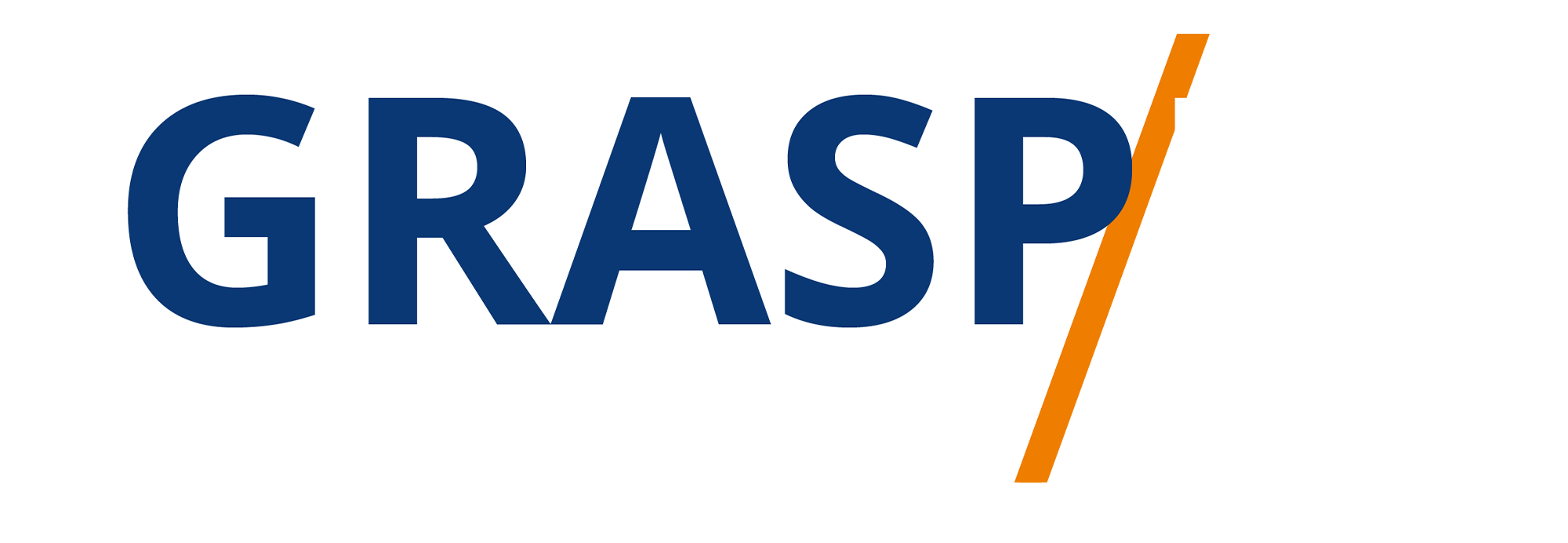Translating Audience Understanding into Compelling Offerings
Introduction
Translating audience understanding into compelling offerings involves applying the insights gained from research to create impactful products or services. Use the knowledge you have about your audience to craft offerings that truly address their needs and desires. Ensure that your offerings provide unique value, solve their problems, or fulfill their desires in a way that resonates with them. By translating audience understanding into compelling offerings, you can make a meaningful impact and drive success in your business.
Case Study 1: Online Yoga Studio
Business Problem: Sarah runs an online yoga studio targeting female customers. She wants to create compelling offerings that resonate with her audience and attract more subscribers.
Solution: Sarah conducts extensive market research and gathers feedback from her existing customers to understand their needs and preferences. She discovers that her female audience is looking for convenient and accessible yoga classes that can be practiced from the comfort of their homes. Sarah uses this insight to craft compelling offerings that cater to these needs. She creates a membership program that provides on-demand yoga classes with different durations, levels, and styles. Additionally, she offers live virtual classes and hosts exclusive workshops focused on topics such as mindfulness and self-care. Sarah ensures that her offerings provide a seamless user experience and are accessible across different devices.
Results: By translating her audience understanding into compelling offerings, Sarah's online yoga studio experiences a significant increase in subscriptions. Her female customers resonate with the convenience and flexibility of her on-demand classes, which align with their busy schedules. The live virtual classes and workshops provide a sense of community and interaction, fostering a stronger connection with her audience. The impact of her offerings is evident through positive feedback and increased engagement from her subscribers.
Case Study 2: Meal Kit Delivery Service
Business Problem: Alex operates a meal kit delivery service targeting male customers who want to enjoy convenient and healthy home-cooked meals. He aims to create compelling offerings that appeal to his audience and drive customer loyalty.
Solution: Alex conducts market research to understand the preferences and dietary requirements of his male audience. He identifies that his customers are health-conscious individuals looking for variety, flavor, and simplicity in their meal options. Alex translates this understanding into compelling offerings by creating customizable meal plans with a wide range of recipes that cater to different dietary preferences such as keto, vegetarian, or gluten-free. He focuses on sourcing high-quality ingredients and provides clear step-by-step instructions to simplify the cooking process. Additionally, he offers add-ons like pre-chopped vegetables or ready-made sauces to enhance convenience.
Results: By translating audience understanding into compelling offerings, Alex's meal kit delivery service gains popularity among male customers. The customizable meal plans cater to their specific dietary needs and preferences, providing a solution that fits seamlessly into their busy lifestyles. The variety and flavor of the recipes, combined with the convenience and simplicity of the service, result in high customer satisfaction and retention. Alex's ability to create compelling offerings based on audience understanding contributes to the success and growth of his meal kit delivery business.
Conclusion
In both Case Study 1 and Case Study 2, the businesses successfully translated their audience understanding into compelling offerings, leading to increased customer satisfaction, engagement, and growth.
In Case Study 1, Sarah's online yoga studio thrived by creating offerings that directly addressed the needs and preferences of her female audience. Through research and feedback, she discovered the demand for convenient and accessible yoga classes. By offering on-demand classes, live virtual sessions, and exclusive workshops, Sarah provided a holistic solution that resonated with her audience. As a result, her studio experienced a significant increase in subscriptions, with customers appreciating the flexibility, variety, and community aspects of her offerings.
In Case Study 2, Alex's meal kit delivery service excelled by tailoring offerings to meet the health-conscious preferences of his male audience. His research revealed the desire for variety, flavor, and simplicity in home-cooked meals. By creating customizable meal plans with a wide range of recipes, sourcing high-quality ingredients, and offering convenient add-ons, Alex addressed these needs effectively. This approach resulted in high customer satisfaction, retention, and the continued success of his meal kit delivery business.
These case studies illustrate the importance of deeply understanding your audience's needs and preferences and using that knowledge to craft compelling offerings. By doing so, businesses can make a meaningful impact, drive customer loyalty, and achieve long-term success.
